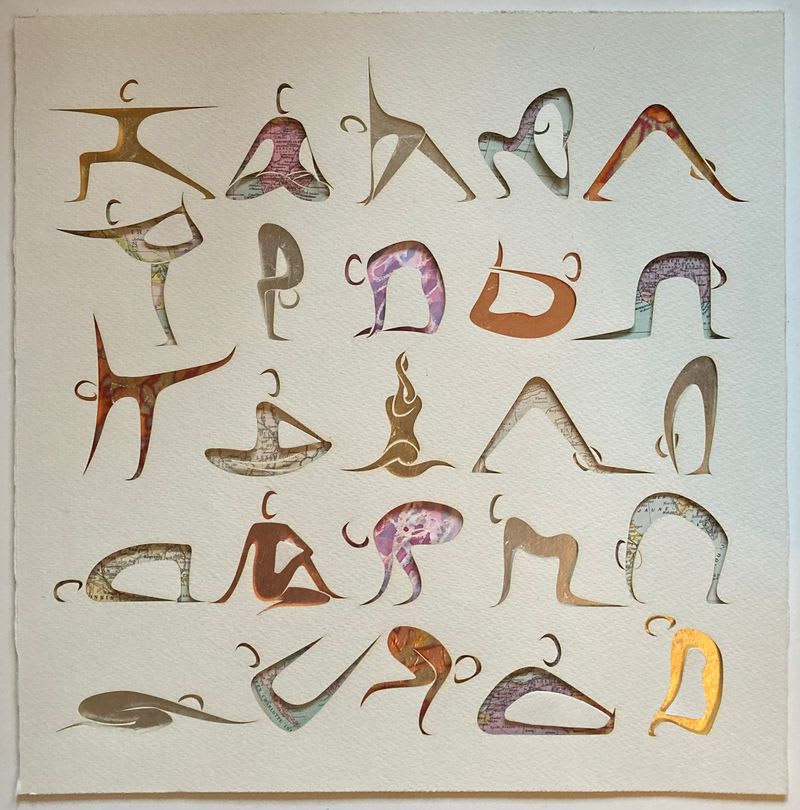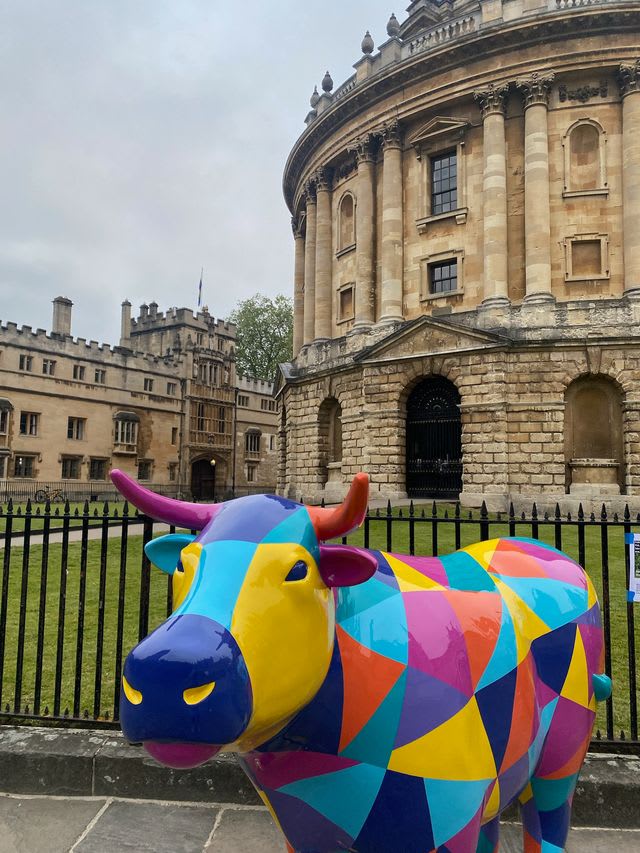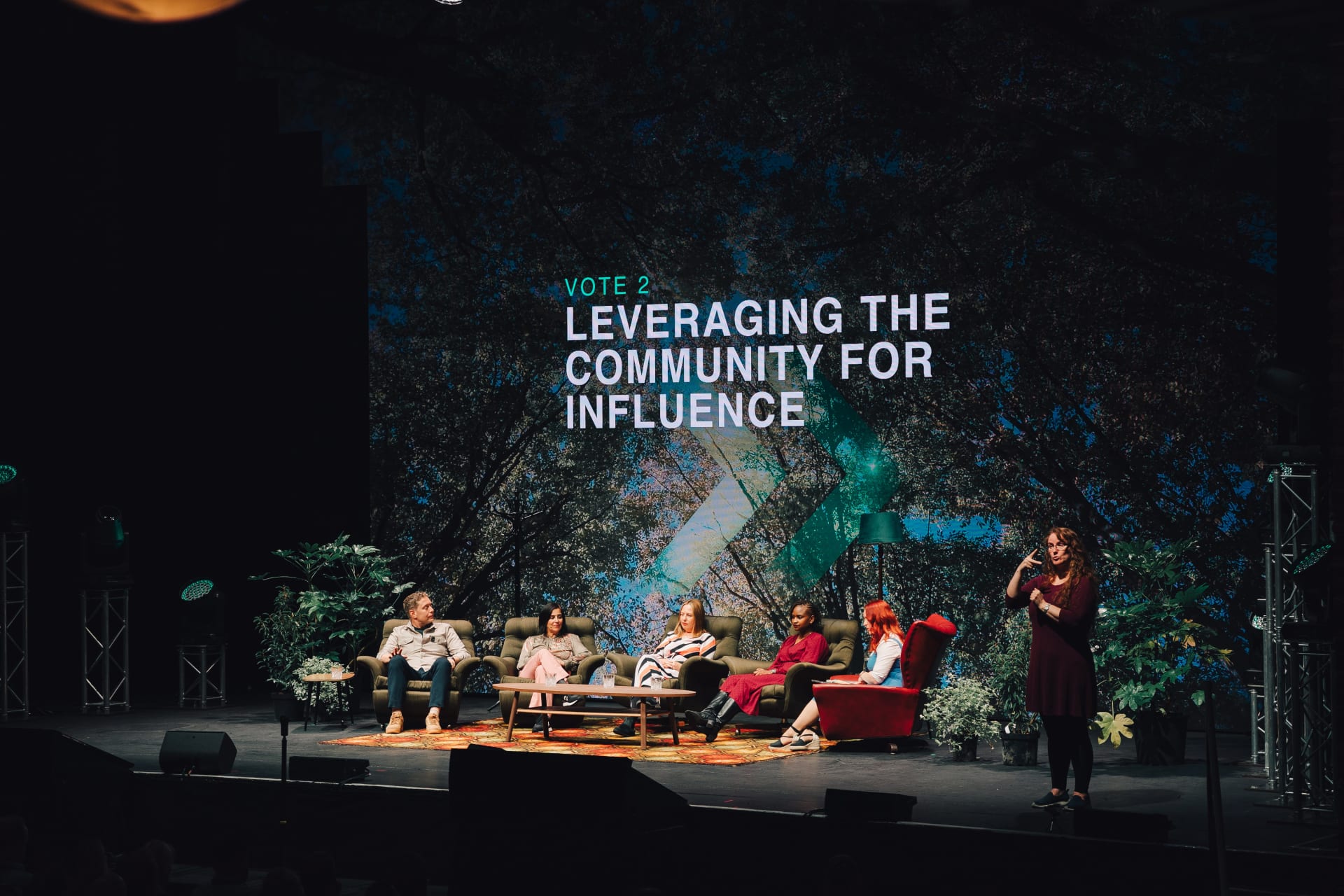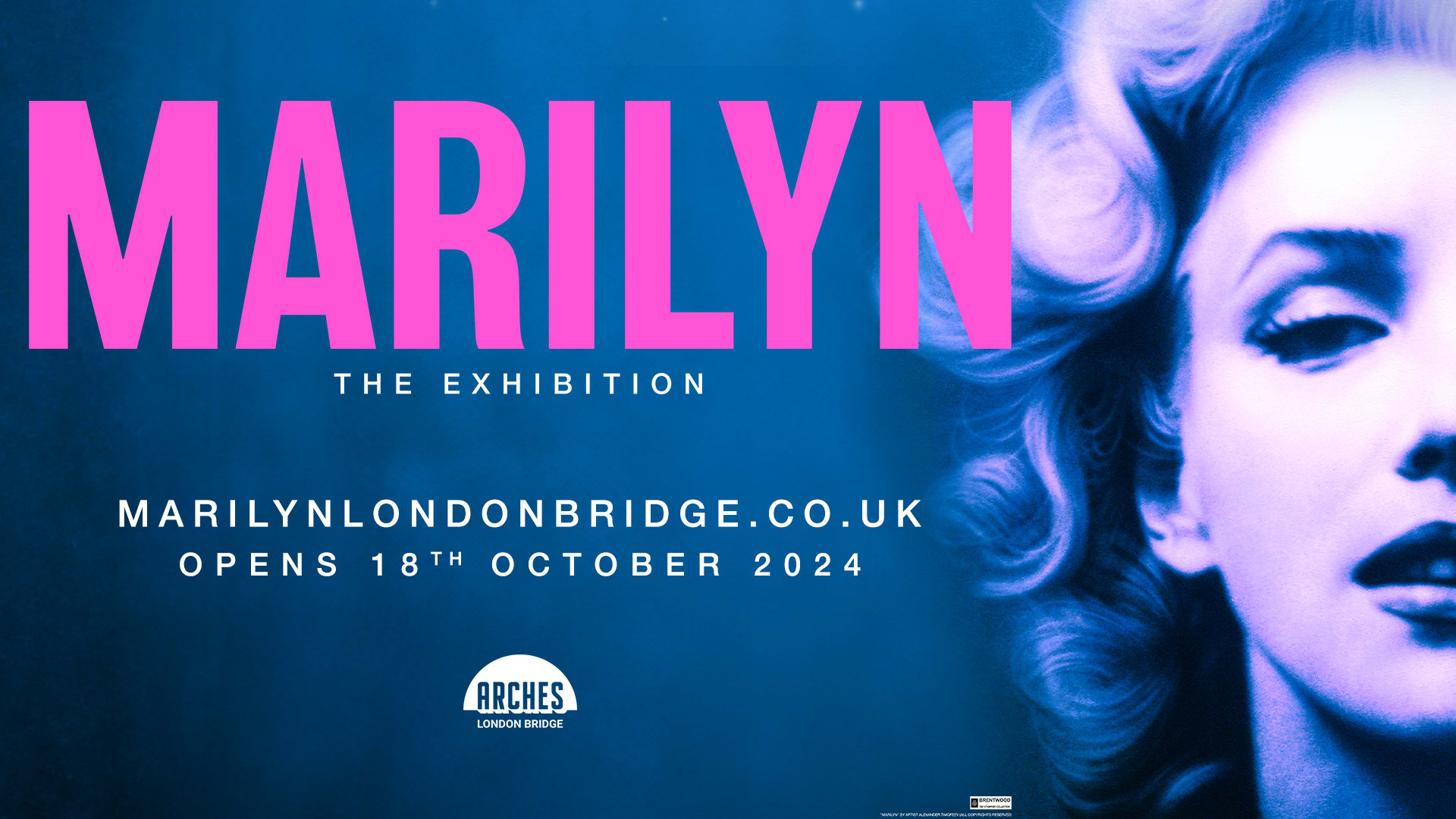As Olympic fever builds, Esther Lafferty talks to Oxfordshire Artweeks artist Annabel Eyres, an Olympic rower who learnt to row at Pembroke College, when she moved to Oxford to study art at Ruskin School of Drawing and Fine Art. She describes how she managed to resist rowing for the first year, deterred by the 6am starts on the river in the cold winter months. However, the lure of the river in sunshine pulled in her in the following summer, and she was hooked.
From the college eight, she progressed to the women’s blue boat, taking part in the Oxford-Cambridge boat race before competing as part of the GB rowing team. She then went on to compete in the Double Scull at the Barcelona Olympics in 1992. Annabel continues to row and was in the Women’s Veteran Boat Race last year (2023). This year, however, her Olympic focus is on her art, art inspired by Olympic sports.
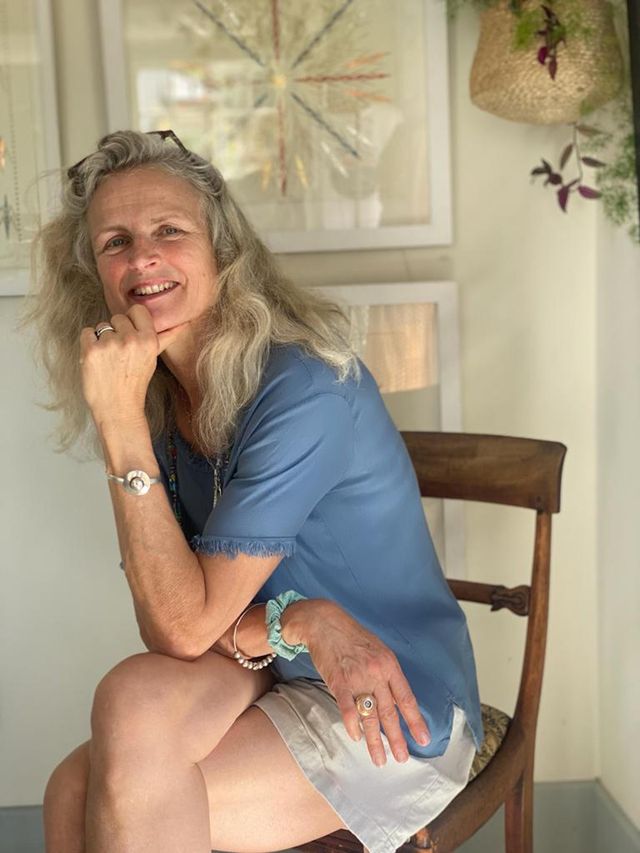
“I’m one of a rare breed,” she smiles, “being both an Olympian and an artist, and I am thrilled to have been chosen to be an Olympian artist for Paris 2024. In recent years the IOC has developed an art programme drawing on the much earlier intentions of the Founder of the Games. When Pierre de Frédy, Baron de Coubertin set up the modern Olympic games his intention was that they would be far broader than the sports themselves, and from 1912 to 1948 medals were also awarded for works of art inspired by sport, in categories including architecture, literature, music, painting, and sculpture. Since 2018 the IOC has reinvigorated this idea, bringing in artists-in-residence and developing a programme that presents sport-based artworks in public spaces. The programme is intended to encourage people to promote Olympic ideals and values through art and get people talking about the parallels of art and sport, the beauty, the inclusivity and so on.”
Interestingly, in the UK the pursuit of art and sport are seen as polar opposites, a very different mindset to that in the US, for example. Even when I was studying art full-time, it was a struggle for me to be taken seriously as an artist when I was also spending a lot of time rowing.”
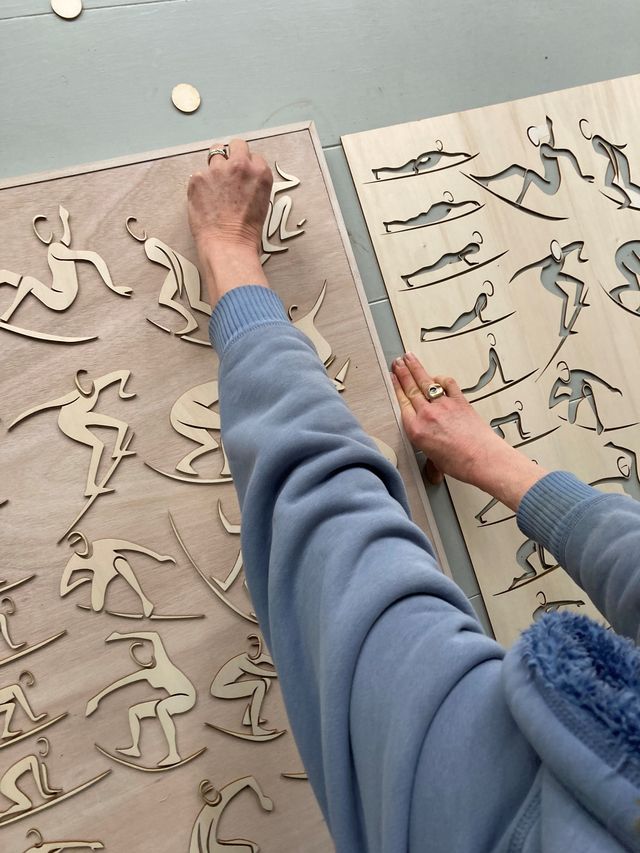
Over recent years Annabel developed her painting and illustration work to include paper cuts some of which show the changing shape of the human form whilst rowing or during a yoga practice with a fluidity and strong clean lines. “As a child, I was always drawing little figures and as an artist I’ve always been drawn to the human body, its dynamism and range of movements, I’m endlessly amazed by the extremes of what it can do.”
For Paris 2024, Annabel has produced a series of six large pieces of art, each focusing on a different sport, each showing a series of figures in multiple positions as an athlete’s body moves. For each, Annabel drew figures, often as a series, which were then laser cut from paper (generally white), behind which she puts painting and/or collage as a background. This gives each finished piece the feel of being slightly three-dimensional.
The first, as you’d expect, depicts rowing. Annabel describes how she loves the neat repetition in rowing, where every stroke of the blade [oar] you take is identical to those which have gone before; crisp and tight characteristics that are also clear in her artwork. “There’s a perfect balance when all the crew members are physically doing exactly the same thing as one another, and the boat runs smooth, fast and sleek. There’s a geometry to the way the rowers and their blades [oars] move and there’s a symmetry to the way the boats move, whether viewed from the front or above and these have long inspired me from a design point of view.”
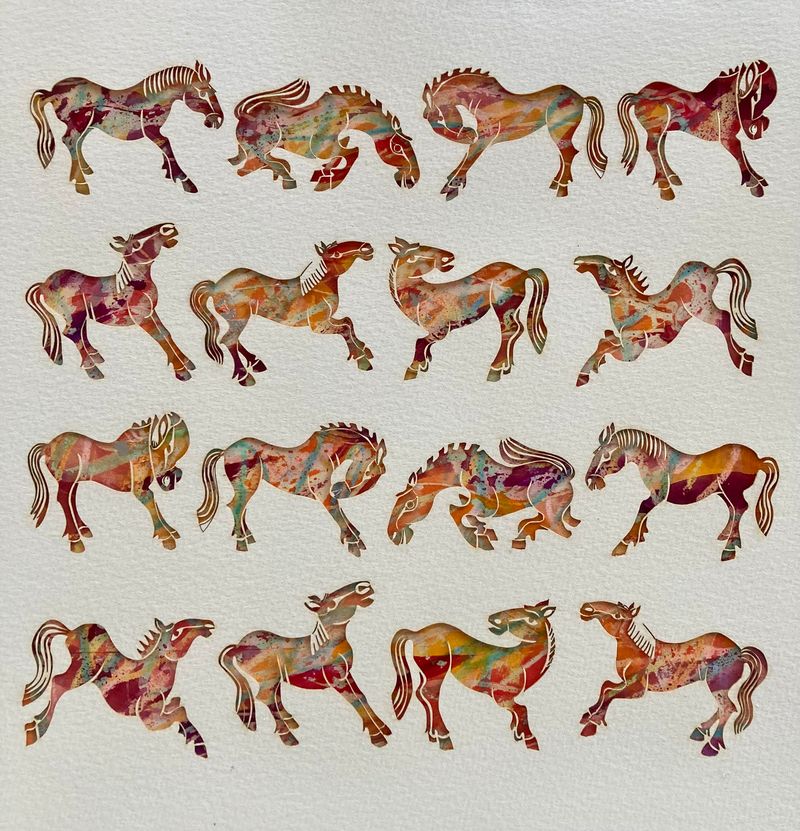
The second of the series shows equestrian sports. Annabel describes how she was always been drawn to the imagery of Eadweard Muybridge (1830-1904), a groundbreaking photographer in his time. “It was Muybridge who took the series of shots of horses at very close intervals that proved they have all their legs off the ground while galloping,” she explains, “after which artists were able to paint moving horses more accurately. Seeing the static photos taken nanoseconds apart together, you get a real sense of movement from them. Funnily enough, reading more on Muybridge, I discovered that he spent lots of time in Paris and how much he influenced Degas and Manet which is a lovely link back to this year’s Olympics.”
She continues, “I had riding lessons from the age of ten. My grandparents had a place in the New Forest, and I loved to see the horses there. I became obsessed with the idea of learning to ride which was probably the first indicator that I had an obsessive sporty streak.
I eventually I wore my dad down enough to get a small pony. In retrospect it was very good discipline – I was useless at chores at home, but I looked after that pony religiously which was very hard work. However, I saw no way to progress from being a ‘pony club’ kind of girl to becoming a serious eventer. I had ambitions to be a world-class sportswoman even then, but had no idea how to do it until I then took up rowing – which you could say was easier as I didn’t have to worry about feeding the boat.”
Annabel’s Olympic series also includes pieces showing swimming, running, and surfing, a new addition to the Olympic sports line-up; the surfing events are actually taking place in Tahiti, the largest island in French Polynesia, a French Overseas Territory in the middle of the Pacific Ocean between Australia and South America.
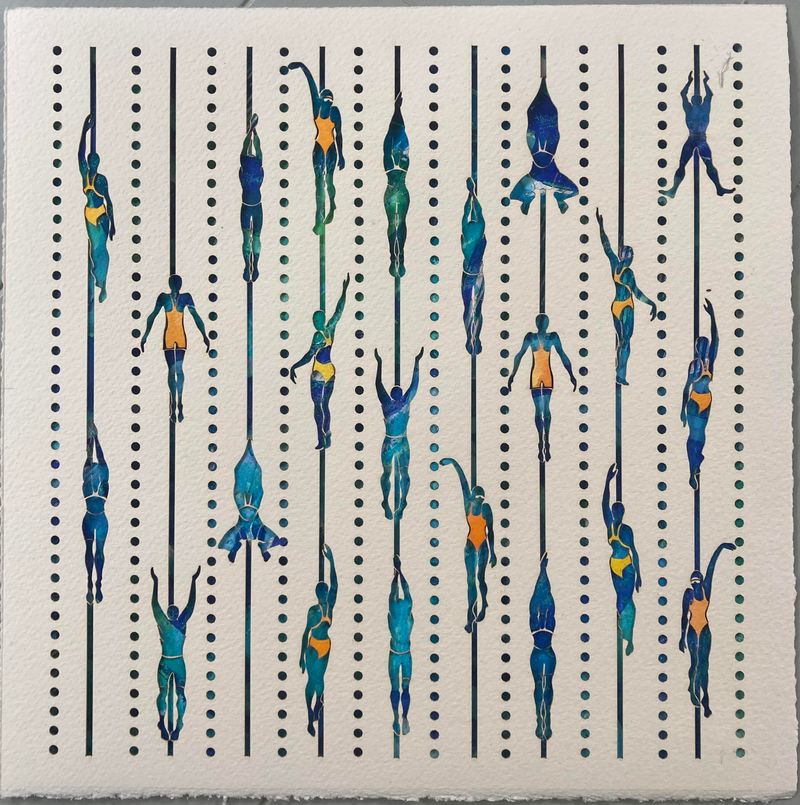
“Surfing is beautiful to watch,” says Annabel “I’ve been doing yoga for about twenty years, and it was surprising to see the links between surfing and yoga in terms of balance, strength and flexibility.”
The final sport in the set is breaking – or breakdancing - which is also new for this year. “I had no idea that there was a whole world of competitive break-dancing until I embarked on this project,” says Annabel. “It looks great fun and really appeals to the younger audience. Breakdance moves are absolutely unbelievable, spinning on your head for example – they require every bit as much physical strength and balance as a traditional gymnast, and yet they’re performing and competing in baggy trousers and baseball caps. It’s extraordinary. For me, that element of break-dancing was a particular challenge as I like to strip bodies down into their simplest forms and capture the essence of the movement.”
For more on Annabel visit annabeleyres.com

